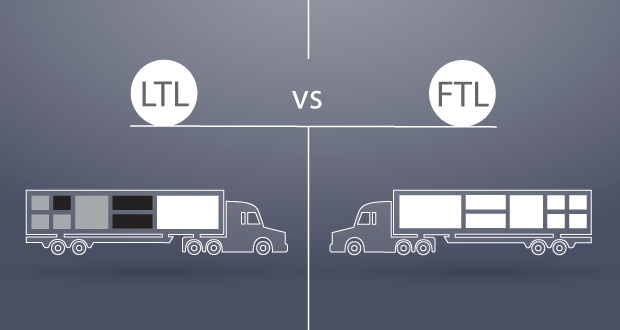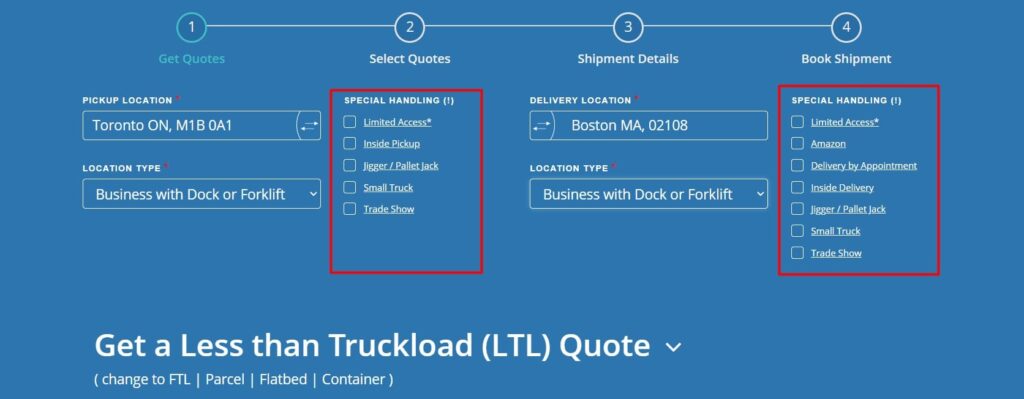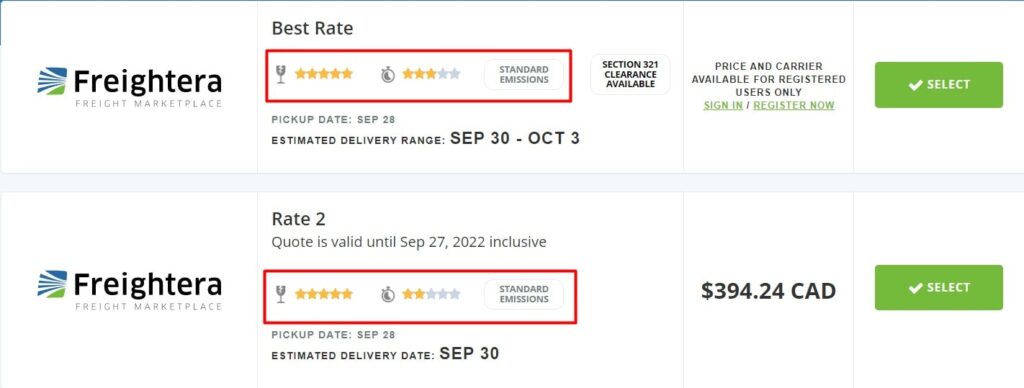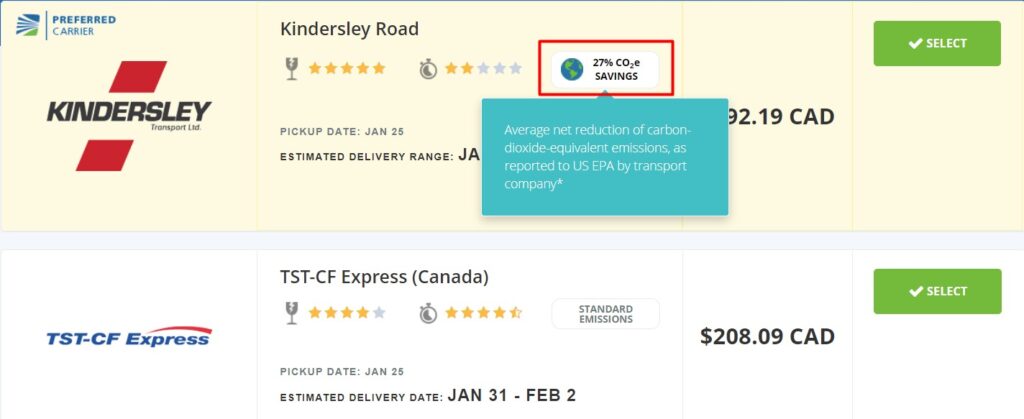How to Choose the Right Freight Carrier in 5 Simple Steps
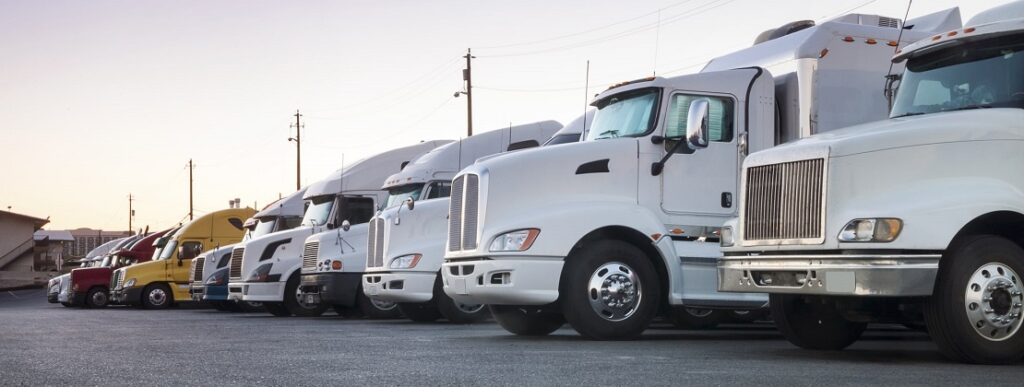
Select the Right Carrier for Your Freight Shipping Needs in 5 Simple Steps
Freight shipping can be tricky, it can be stressful, and it can be difficult to maneuver. It makes you wish you could simply read a recipe and have everything done by just turning off your brain and following the steps.
That’s why we’ve made the recipe below for you to follow and choose the right carrier. Enjoy!
1. Determine whether you need a whole truck, or if less than truckload (LTL) services would be a better option
Depending on the amount of cargo you have to ship, you have several options. FTL (full truckload) is the more expensive, but it’s a safer and quicker option. It means that you would “rent” an entire truck for your whole shipment, and it would go from point A to point B without any additional stops for loading and unloading for redistribution.
The other option is LTL (less than truckload). That option means that you’d share the cost of an entire truck with other shippers who have smaller amounts of cargo to move. It also means that your cargo would not go directly to its destination without stopping along the way. Your shipment would likely be unloaded and loaded several times at different terminals in order to be placed on trucks that go in the direction you need it to.
2. Take into account any additional services you may require
Are you shipping to a residence? Does either location require a tailgate to load or offload the freight? Is a smaller truck required?
Luckily, our website makes sure to remind you of all of these requirements during your quoting phase. If you’re unsure whether you need any of these, then the best thing to do is to contact your shipping partner or client and ask them directly. These services incur extra costs, making a single call much more valuable than usual.
3. Consider the price-to-speed ratio
Not all carriers and shipping modes are created equal. Some are more reliable than others, some are faster, some are more expensive, and some are more eco-friendly.
Firstly, some carriers use trucks exclusively, others use exclusively trains (or rail transport as it’s more commonly known), while others use a combination of the two (known as intermodal).
As you can imagine, trains move slower than trucks, and a combination of the two is somewhere in the middle. This is something you want to take into consideration when choosing a freight carrier. Our system marks each carrier’s shipping mode to make your life easier.
What you want to keep in mind is that trains may be slower, but they are currently the greenest shipping option due to the amount of cargo they can accommodate. Considering the current social and (actual) weather climate, this might be something that you want to keep in mind.
4. Make sure to ask your shipping specialist about carrier quality and look through reviews
Naturally, the shipping mode isn’t the only thing that you want to consider when choosing your carrier. Their reliability and track record are highly important. Do they get their cargo from A to B without damage or loss? Do they deliver on time? Are they known for adding extra charges without specific requests from involved parties? Are their extra charges disproportionately expensive?
No reason to keep all of this information in mind at all times. We’re here to help. Our experienced team will be able to help you out with any questions you might have about carrier reliability. It’s an important step in choosing the right carrier so don’t skip it!
If you don’t feel like talking to anyone and you just want to know a carrier’s rating, we’ve got you covered too!
5. If at all possible, consider the emissions of your preferred carrier
As mentioned earlier, the shipping mode impacts the emissions produced by any single shipment. Our system allows you to see your impact on the emissions reduction compared to the industry standard.
Along with the shipping mode, there are carriers that implement new-generation engines and technologies that allow them to reduce emissions despite using trucks. There are, obviously, electric trucks as well. We are constantly looking for carriers that are moving in the right direction and adding them to our system.
Conclusion
That’s it. Those are the steps you need to take in order to properly choose a carrier that best suits your needs. Freightera works with 100s of reliable freight companies, and instead of going to each one individually, you’ll be able to find and compare all of their quotes online on our website.
